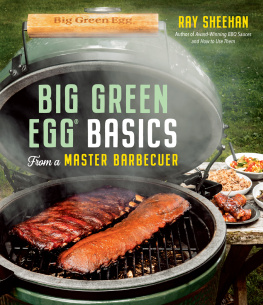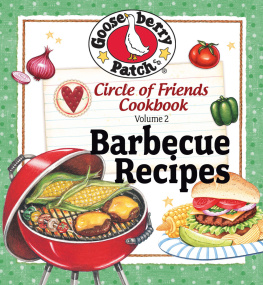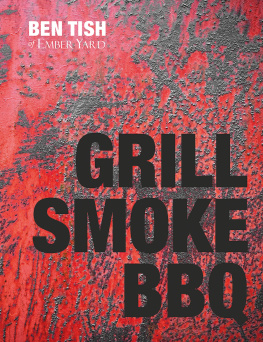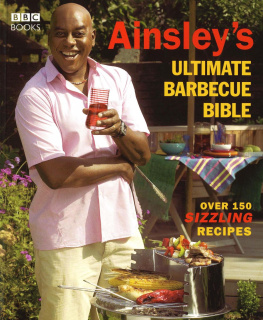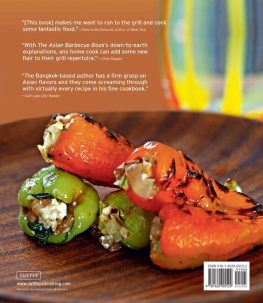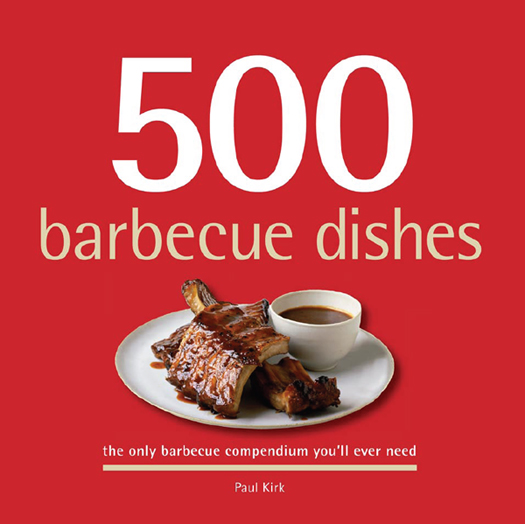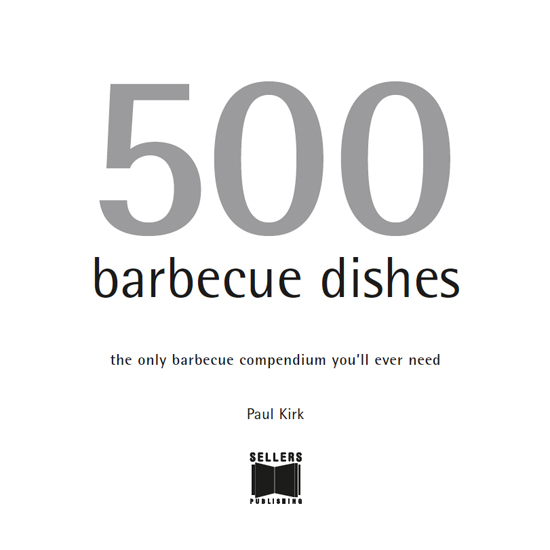A Quintet Book
Published by Sellers Publishing Inc.
161 John Roberts Road, South Portland, Maine 04106
Visit our Web site:
e-ISBN: 978-1-4162-0824-2
500 Barbecue Dishes copyright 2015 Quintet Publishing Limited. All rights reserved under International and Pan-American copyright conventions. By payment of the required fees, you have been granted the nonexclusive, nontransferable right to access and read the text of this e-book onscreen. No part of this text may be reproduced, transmitted, downloaded, decompiled, reverse engineered, or stored or introduced into any information storage and retrieval system, in any form, by any means, whether electronic or mechanical, now known or hereinafter invented, without the express written permission of Sellers Publishing, Inc. e-books.
July 2015
This book was designed and produced by
Quintet Publishing Limited
4th Floor, Sheridan House
114-116 Western Road
Hove, East Sussex
BN3 1DD
Managing Editor: Donna Gregory
Editorial Assistant: Robert Davies
Designer: Dean Martin
Art Director: Sofia Henry
Photography: Ian Garlick
Food Stylist: Judith Fertig
Publisher: Gillian Laskier
Cover photograph jupiterimages
getting fired up
Grilling means cooking food directly over a heat source, sealing the food on the outside with a beautifully charred crust while the inside remains tender and juicy. Strictly speaking, barbecuing refers to cooking over indirect heat, under a cover, allowing heat to be conducted around the food as in an oven. Nowadays people use the terms grilling and barbecuing interchangeably, and this book goes along with the trend, taking care to specify when the indirect, covered method of cooking is intended.
choosing your barbecue grill
Choosing a grill can be a difficult decision as so many cooking vessels are included under that term, from a hole in the ground to an elaborate structure that serves effectively as an outdoor kitchen. The most widely available options are explained below so that you can choose wisely.
Charcoal grills are said by purists to be the only option. They claim that charcoal is the only way to achieve a genuine smoky flavor in the grilled food; and they believe the act of stoking and tending a fire to be basic to the age-old experience of outdoor grilling. Operating a charcoal grill, though, requires more skill than electric or gas versions.
Gas grills are easier to control than charcoal grills and can be made ready for use almost immediately. The lava rocks or flavoring plates that cook the food are heated by propane or natural gas. They are an excellent choice for a grill that is going to be used frequently.
Electric grills are available in small portable forms or as large trolley grills. They provide a good constant heat source but cannot reach the high temperatures of charcoal. They must be used close to a power source or with a long extension cord.
the right fuel for charcoal grills
Natural charcoal burns hotter and cleaner than artificial charcoal briquettes. It ignites quickly and burns well for about 45 minutes, perfect for searing food quickly.
Briquette charcoal is made from compressed charcoal particles that are impregnated with chemicals to help it ignite more easily. It burns for longer than natural charcoal and provides a steady heat source.
Wood can be used in the form of logs, chunks, or chips. Dont use resinous soft woods such as pine. A handful of wood chips thrown onto hot coals will impart different flavors to your grill try cherry wood for a slightly sweet smoke; mesquite for strong, earthy flavors; or hickory for a pungently smoky flavor.
lighting up
Your grill should be sited on solid, level ground away from low trees. Clean and oil it before use, and always preheat it so that it reaches the desired temperature before you begin to cook. When lighting up, make sure you are dressed sensibly in heatproof mitts and a protective apron, and keep children and animals away. Never light up in a high wind and be sure to keep matches and lighter fuels a safe distance away from the flame. In the event of a flare-up, use your spritzer bottle of water or a handful of baking soda to douse the flames.
maintaining your grill
Each time you are preparing to grill, check that the connecting hoses and taps are in good order on a gas grill. Periodically check the wires and circuits on an electric grill. Oil your grill racks regularly ideally every time you are preparing to light it so that food does not stick. Keep the grill grease-free by scrubbing with a wire brush after cooking. When the ashes have cooled, clean them from your firebox and dispose of them in a lidded trash can.
best cuts for the grill
poultry and game
Whole birds and juicy cuts such as thighs and wings are the best choices. A large, whole bird will not cook on an open grill unless it is split or cut into joints. However, it can be spit-roasted if you have this facility. Always pierce the bird between the thigh and breast when the liquid runs clear the bird is cooked. Split a bird by placing it on its back and cutting through either side of the backbone, removing it completely. Turn the bird over and flatten with the heel of your hand. Jointing will provide two breasts, thighs, drumsticks, and wings.
lamb
Loin and sirloin chops, steaks from the leg, and fillets are all good cuts for grilling. To prepare chops, trim all but a thin layer of fat from the outside and any other excess fat. This will help minimize flare-ups. Kabobs are best made from a shoulder joint. Meat from the leg is leaner. Ground lamb can be made from shoulder or cheaper cuts. Put the meat through the mincer two or three times at least to ensure a smooth paste.
pork
Pork tends to be a little tougher than beef or lamb. Because it needs to be well cooked, there is a danger that it may dry out; it will therefore benefit greatly from being marinated. Spareribs, chops, and tenderloin are all suitable for grilling, as is ground pork. To prepare, trim all but a -inch of layer fat from the outside of chops, and any other visible excess fat. Spareribs benefit from long, slow cooking, and may be precooked in an oven, leaving the last 15 minutes of grilling to be carried out on an open charcoal fire.
beef
Choose the best quality meat that you can afford. Rump, sirloin, fillet, T-bone, porterhouse, and rib steak are the most tender cuts and best able to withstand high heat without becoming tough. Look for lean meat with a fine marbling of fat, which will keep the meat moist during cooking. To prepare beef, trim the border fat to a thickness of inch. This will minimize flare-ups but leave sufficient fat to keep the meat moist. With the point of a sharp knife, cut through the sinew and remaining fat around the edge at 1-inch intervals to avoid curling during cooking.








